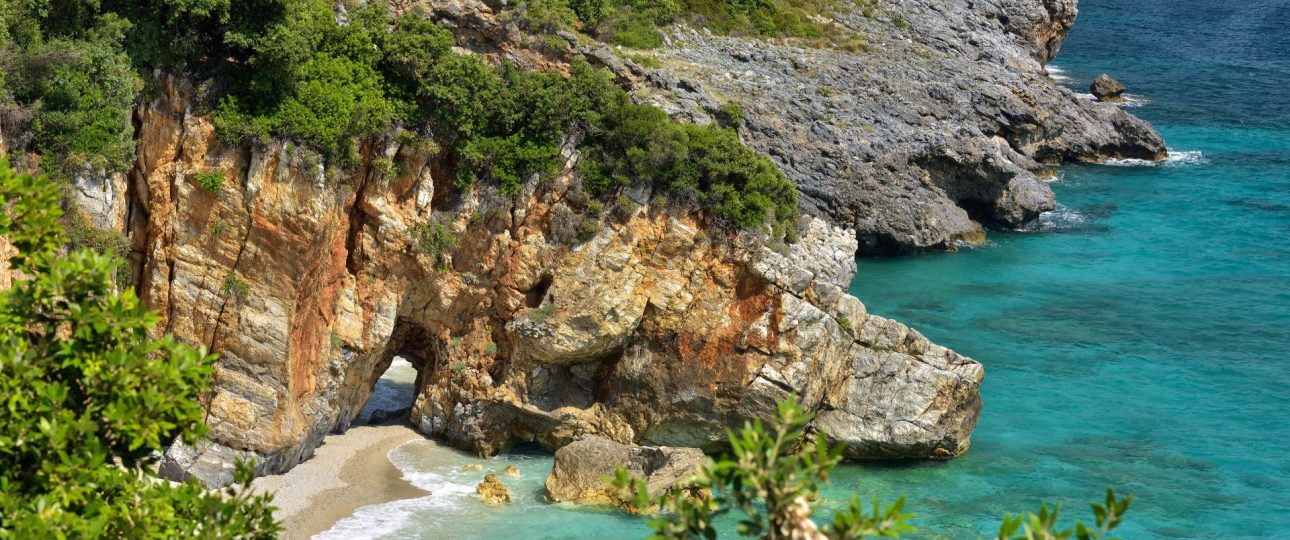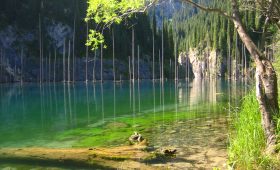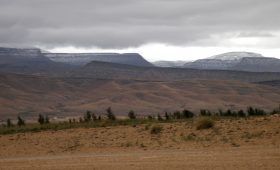About Pelion
Pelion, located in the southeastern part of Thessaly, Greece, is a stunning mountain peninsula that offers a rich tapestry of nature, history, and culture. Known for its lush forests and scenic landscapes, Pelion is a year-round destination. The mountain is surrounded by the Pagasetic Gulf and the Aegean Sea, providing a unique blend of coastal and mountainous experiences. Whether you’re hiking through its dense forests or exploring its charming villages, Pelion is a place where nature and history intertwine.
Getting to Pelion
Reaching Pelion is straightforward. The nearest airport is Volos Airport, about 35 kilometers away. From there, you can rent a car or take a taxi to explore the region. If you’re coming from Athens, consider taking a bus. The journey takes around four hours and offers a scenic view of the Greek countryside. Renting a car is advisable for those who want to explore Pelion’s hidden corners at their own pace.
Exploring Pelion
Villages
Pelion’s villages are a highlight, each offering its own unique charm. Makrinitsa, often called the “balcony of Pelion,” provides panoramic views of the mountains and the sea. Its cobblestone streets and traditional architecture are perfect for leisurely exploration. Tsagarada is known for its ancient plane trees and nearby beaches. Zagora, with its vibrant cultural scene, is home to the Museum of Folk Art and History. Each village offers a glimpse into the region’s rich cultural heritage.
Nature
Nature enthusiasts will find Pelion a paradise. The mountain is covered with beech, oak, and chestnut forests, interspersed with streams and waterfalls. The Centaurs’ Path is a popular 6-kilometer trail that leads through dense forest to the Tsipiani waterfall. For a more challenging hike, ascend to the summit of Mount Pelion for breathtaking views. In winter, the higher elevations offer skiing opportunities. Beaches like Agios Ioannis provide a relaxing escape with their turquoise waters and sandy shores.
Historical Sites
Pelion is steeped in mythology and history. Visit the ruins of the ancient city of Demetrias, once a powerful city-state. The Byzantine Monastery of Agios Lavrentios offers a peaceful retreat with its intricate frescoes and serene gardens. The region’s mythological significance includes being the home of Chiron the Centaur, tutor to many Greek heroes. These sites offer a fascinating glimpse into Greece’s storied past.
Best Time to Visit
Spring and autumn are ideal times to visit Pelion. In spring, wildflowers bloom, and temperatures are pleasant for outdoor activities. Autumn brings a stunning display of foliage in reds and yellows. However, Pelion’s beauty is captivating year-round. Summer offers beach activities, while winter provides skiing opportunities in the higher elevations.
Local Transportation
Navigating Pelion is convenient with a network of buses and taxis connecting the main villages. Renting a car offers flexibility to explore at your own pace. For a more adventurous approach, consider renting a bicycle or scooter. Be prepared for winding roads and steep inclines, which can be challenging for some drivers.
Summary
- Pelion is a picturesque mountain peninsula in Thessaly, Greece, known for its natural beauty and historical significance.
- Accessible via Volos Airport, with bus connections from Athens.
- Notable villages include Makrinitsa, Tsagarada, and Zagora, each with unique attractions.
- Offers hiking trails, such as the Centaurs’ Path, and skiing in winter.
- Home to historical sites like the ancient city of Demetrias and the Monastery of Agios Lavrentios.
- Best visited in spring or autumn for mild weather and vibrant landscapes.
- Transportation options include buses, taxis, car rentals, bicycles, and scooters.




